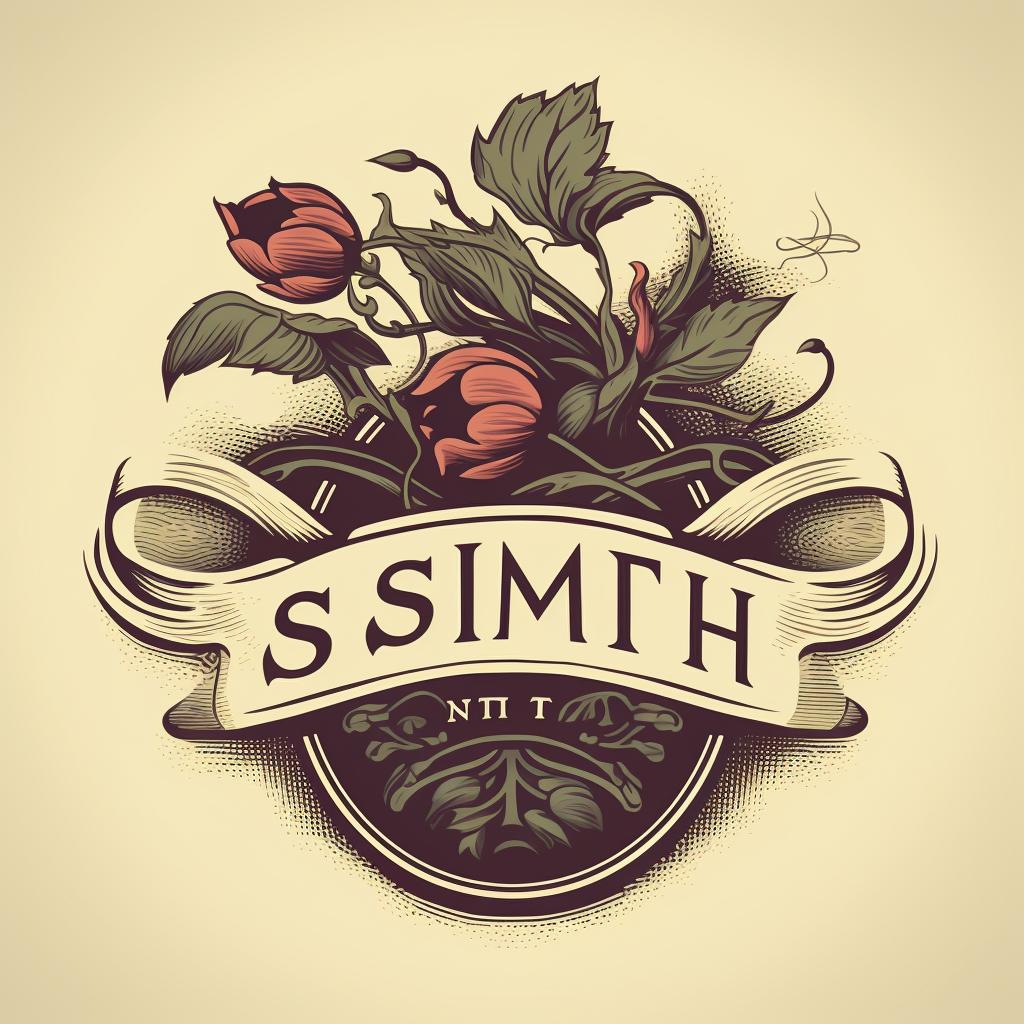Kirsten Braun is a seasoned editor, renowned for collaborating with writers to refine their essays and scholarly documents. She possesses a remarkable attention to detail and an extensive familiarity with various formatting styles. Her expertise has been honed through years of practical experience.
Group authorship in an MLA paper can be a bit tricky, but by following these guidelines, you can master the MLA group authorship format. The key is to list all authors in the order they're credited in the source. If there are three or more authors, list the first author followed by "et al." Here's a step-by-step guide on how to do it.
Let's dive into the step-by-step process to accurately format group authorship in your MLA paper.
Learn more about 📚 Mastering Group Authorship Formatting in MLA 🖋️ or discover other Superior Formatting guides.
With these steps, you can accurately format group authorship in an MLA paper. Remember, the key is to list all authors in the order they're credited in the source.
First, start with the author's last name, followed by a comma, and then the rest of their name as it appears in the source. If there are two authors, include an "and" between their names. If there are three or more authors, list the first author's name followed by "et al."
Python Code to Format Group Authorship in MLA
Let's consider a list of authors, where each author's name is a string in the format 'Lastname, Firstname'. We will write a Python function named 'format_authors_mla' which takes this list as an argument and returns a string that represents the authors in MLA format.
def format_authors_mla(authors):
if len(authors) == 1:
return authors[0]
elif len(authors) == 2:
return authors[0] + ' and ' + authors[1]
else:
return authors[0] + ' et al.'
authors = ['Smith, John', 'Doe, Jane', 'Brown, Bob']
print(format_authors_mla(authors))In this example, the function will return 'Smith, John et al.' because there are more than two authors. If there were only two authors, it would return 'Smith, John and Doe, Jane'. And, if there was only one author, it would simply return the author's name.
It's crucial to remember that the authors should be listed in the order they're credited in the source. If no authors are listed, you can use the organization's name as the author.
Formatting the rest of your MLA paper is also important. You can refer to my guide on how to write a college research paper using MLA format for more information.
Now that we've covered the basics of formatting group authorship in MLA, let's address some common questions you might have.
With these FAQs, you should have a clearer understanding of how to format group authorship in MLA. Next, we'll look at how to format the book title in your essay.
When it comes to writing the book title in your essay, remember to italicize it. For more tips on this, check out my article on how to write a book title in an essay.
Now that you know how to format group authorship in an MLA paper, it's time to start writing! Remember to use an essay outline template to organize your thoughts. You can learn more about this in my guide on how to create a persuasive essay outline.
Formatting Group Authorship in MLA Style
Now that we've covered how to write the book title, let's take a look at how to format different types of authorship in an MLA paper. The following table will provide you with some examples.
| Type of Authorship | Example | Explanation |
|---|---|---|
| Single Author | Smith, John. | Start with the author's last name, followed by a comma, and then the rest of their name. |
| Two Authors | Smith, John, and Jane Doe. | List the authors in the order they're credited in the source, separated by a comma and the word 'and'. |
| Three or More Authors | Smith, John, et al. | List the first author's name followed by 'et al.' which means 'and others'. |
| No Author | Title of the Work. | If no author is listed, start with the title of the work. |
| Organization as Author | American Psychological Association. | If an organization is the author, list the organization's name. |
Remember, formatting is not just about following rules—it's about enhancing the readability of your paper and making it easier for your reader to understand the source of your information. Keep these examples in mind as you continue to write and format your paper.
Remember, formatting is not just about following rules—it's about enhancing the readability of your paper and making sure your ideas are clearly communicated. Happy writing!
Now that you understand the importance of formatting, let's dive into the specifics of MLA group authorship format. Follow this checklist to ensure you're on the right track:
Great job! Now that you've mastered MLA group authorship format, consider exploring other formatting styles for a well-rounded understanding of academic writing.
In addition to mastering MLA format, it's also beneficial to familiarize yourself with other formatting styles such as APA. You can compare these two styles in my article APA vs MLA: A Comparative Guide to Essay Formatting Styles.
Finally, for a more visual guide on MLA formatting and writing synthesis essays, you might find this synthesis essay guide helpful. It provides a comprehensive overview, including a section on MLA formatting.
Understanding MLA Group Authorship Format
Test your understanding of how to format group authorship in an MLA paper with this interactive quiz.
Learn more about 📚 Take the MLA Group Authorship Format Quiz or discover other Superior Formatting quizzes.
By mastering MLA group authorship format, you're well on your way to producing high-quality academic papers. Keep practicing, and soon it will become second nature!























